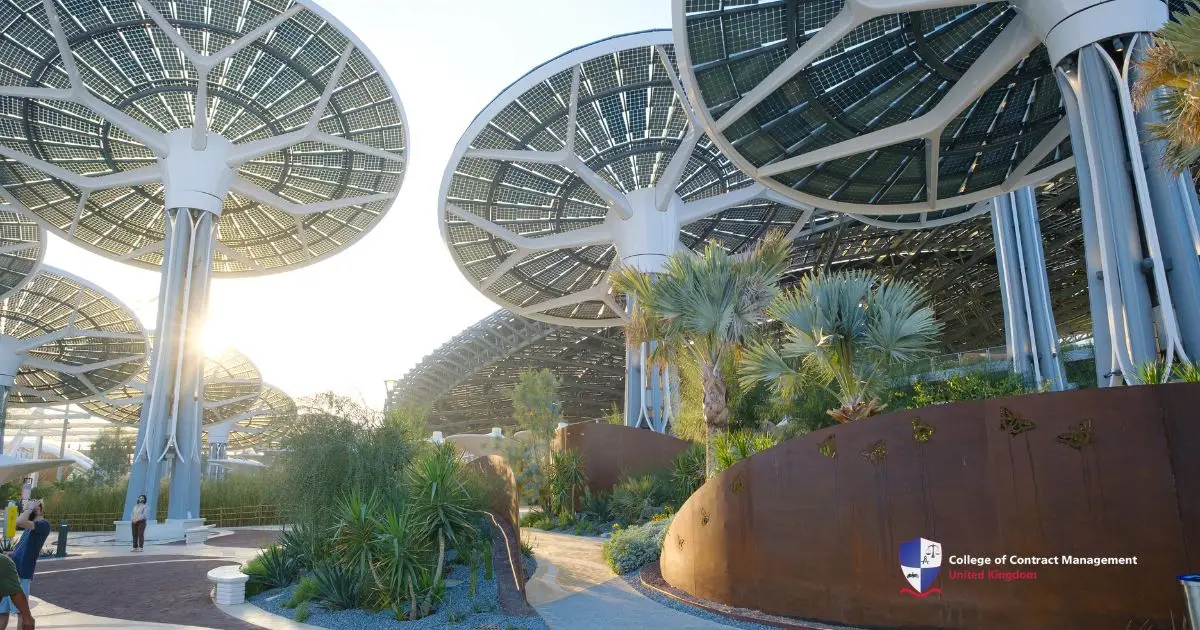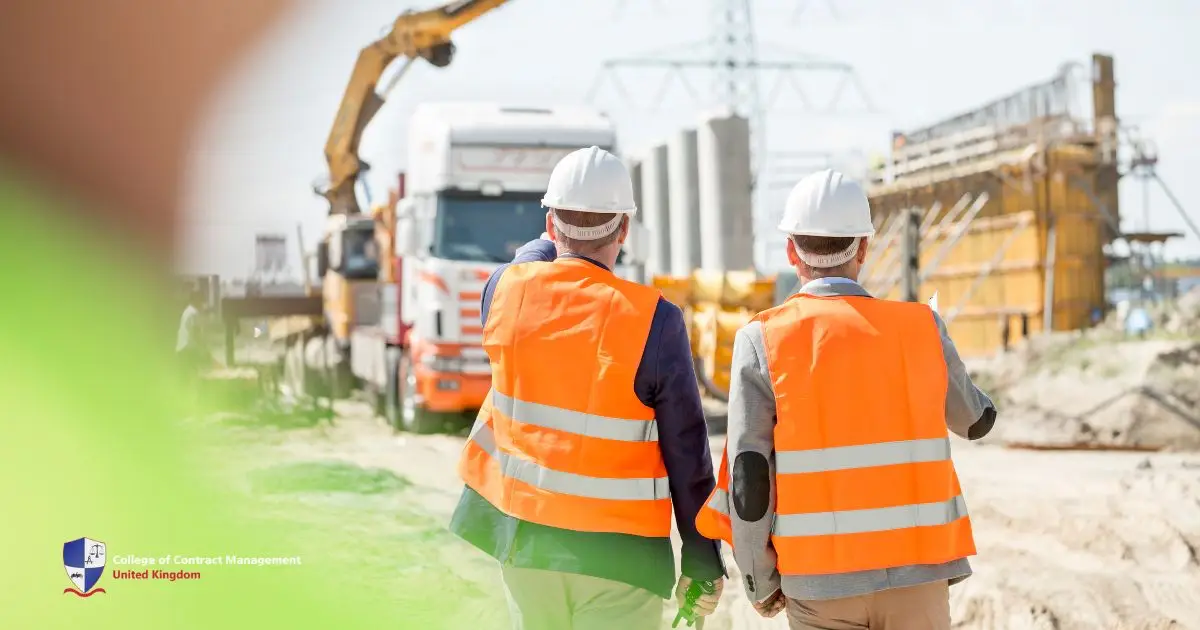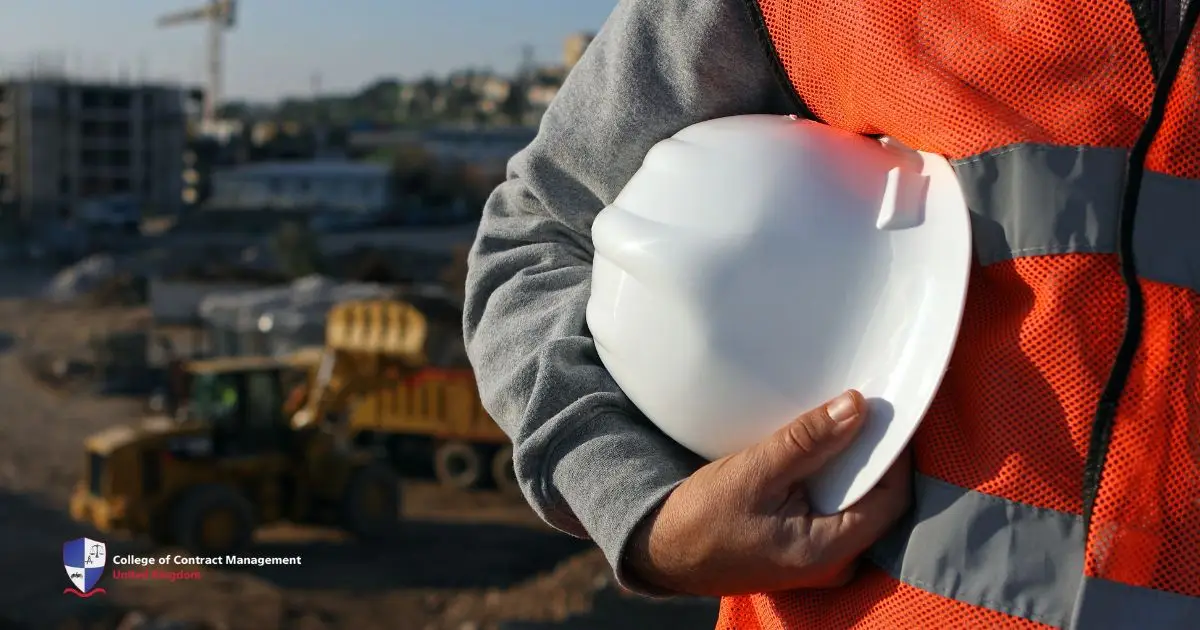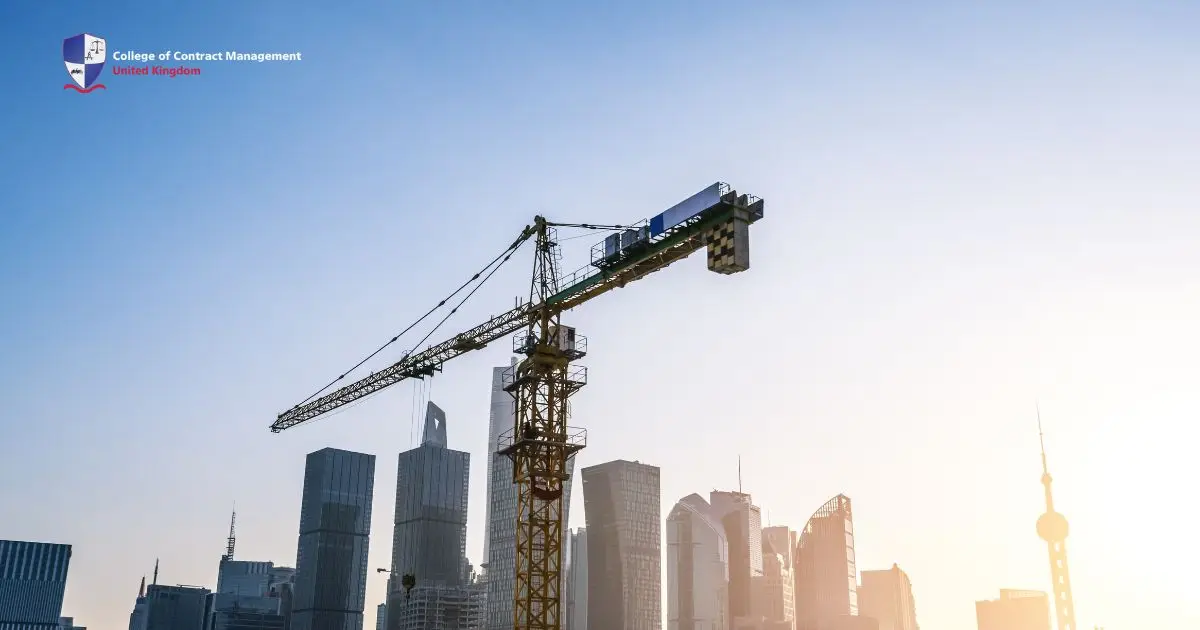Sustainable construction
Sustainable construction is no longer just a trendy term in the UK; it's a must-have. With rising temperatures and more carbon emissions worldwide, the way we build has a big impact on environmental problems. The UK Green Building Council says that buildings are responsible for about 25% of the country’s carbon emissions. With the government's goal to reach net-zero emissions by 2050, sustainable building practises are crucial for constructing homes and offices. This article looks at how the UK can move towards a greener future, lessen environmental impact, and create a more eco-friendly built environment.
What is Sustainable Construction?
Sustainable construction means building in a way that harms the environment as little as possible while improving people’s quality of life. This approach focuses on using energy wisely, choosing eco-friendly materials, and cutting down on waste during building. The UK government has introduced tougher rules, like the Future Homes Standard, to make sure new homes are very energy-efficient by 2025. These efforts fit with the global push for greener living spaces.
Different Sustainable Construction Practises
-
Energy efficiency: A key driver in sustainable building
One of the main goals of sustainable construction is cutting down on energy use. Homes and commercial buildings use a lot of energy, especially for heating and cooling. Adding good insulation, and energy-saving systems can greatly lower this energy use. For instance, well-insulated homes can cut energy costs by up to 20%, according to the Energy Saving Trust.
Using eco-friendly building materials like sheep’s wool, cellulose, and recycled insulation can reduce the environmental impact of construction. These materials are not only effective but also have a much smaller carbon footprint compared to traditional options like fibreglass insulation.
Additionally, using renewable energy sources like solar panels and wind turbines is an important part of sustainable construction. In the UK, solar energy has grown quickly, with over one million homes now using solar panels. For commercial buildings, adding energy-efficient systems, like heat pumps or combined heat and power units, helps cut down on their overall environmental impact.
-
Resource efficiency and waste minimisation
Sustainable construction also focuses on using resources wisely. Traditional building methods often create a lot of waste, much of which ends up in landfills. According to the UK’s Department for Environment, Food & Rural Affairs (DEFRA), the construction industry is responsible for 60% of the total waste produced in the UK. This shows why it’s important to adopt greener practises to cut down on waste.
The circular construction economy is one solution to this problem. By reusing and recycling materials, the need for new raw materials goes down, and less waste is created. Using recycled concrete, steel, and glass in new buildings helps reduce environmental impact. Additionally, techniques to cut down on waste, like off-site modular construction, are becoming more popular. Prefabricated buildings, made in factories and put together on-site, can reduce waste by up to 90%, making this method very efficient and eco-friendly.
-
Green roofs and walls: Making cities greener
Urban environments are often criticised for being tough on the environment, but adding green spaces to buildings can help address this. Green roofs and walls are not only attractive but also provide several environmental benefits. These include improving air quality, supporting more plant and animal life, and helping control indoor temperatures. The Royal Horticultural Society says that green roofs can lower indoor temperatures by up to 8°C in summer, cutting down on the need for air conditioning.
In cities like London, green roofs have become a popular choice for both residential and commercial buildings. They have a double benefit: reducing the heat island effect in cities and providing insulation, which helps lower energy use.
-
Water conservation: A vital element in sustainable construction
Water conservation is another key part of sustainable construction. In order to make homes and buildings more eco-friendly, it’s important to cut down on water waste using methods like rainwater harvesting and greywater recycling. For example, rainwater harvesting systems collect water from roofs, which can be used for things like flushing toilets or watering gardens. Similarly, greywater recycling reuses water from sinks, showers, and washing machines, helping to lower overall water use.
Furthermore, in the UK, the average person uses about 141 litres of water per day, according to Waterwise. Therefore, sustainable building practises, like installing water-saving fixtures, can help lower this amount. Moreover, these water-saving technologies can also lead to lower water bills for both homeowners and businesses.
-
Passive housing design: A leading approach to sustainable living
Passive House (Passivhaus) design is a leading standard in energy-efficient building. This design focuses on minimising the need for artificial heating and cooling by optimising natural light, insulation and air flow. Passive House buildings require very little energy to maintain comfortable temperatures, often relying on passive solar heating. In the UK, several residential developments, including social housing projects, have embraced the Passive House standard to offer affordable, sustainable homes.
A well-known example is the Goldsmith Street development in Norwich. This award-winning housing project meets the strict Passivhaus standard, offering energy-efficient homes for social rent. According to the architects, these homes use 70% less energy than regular new-build properties, which helps lower both energy costs and environmental impact.
-
Sustainable building materials: The foundation of eco-friendly construction
The choice of building materials plays a huge role in the environmental impact of construction. For instance, sustainable materials like timber, bamboo, and hempcrete are renewable, durable, and have a much lower carbon footprint than traditional materials such as concrete or steel. In particular, timber is becoming more popular as a building material because it helps capture carbon. Trees absorb carbon dioxide as they grow and store it throughout their lifetime. When timber is used in construction, it can keep this carbon locked away for decades.
Additionally, hempcrete, a mix of hemp fibres and lime, provides excellent insulation and has a negative carbon footprint, making it a great choice for sustainable building. Since hemp grows quickly and needs very few resources, it is a renewable option for construction.
The Role of Government Regulations and Incentives
To encourage the shift towards a greener building environment, the UK government has introduced various rules and incentives. One of these is the Future Homes Standard. Starting in 2025, they will require new homes to be zero-carbon ready, meaning they should produce no emissions from heating or electricity once the grid becomes clean. This rule is part of the larger plan to cut emissions from the housing sector.
In addition to these rules, the government has also offered incentives for homeowners and builders to adopt sustainable construction practises. To support this, the UK government and industry groups are investing in training programmes to help workers gain new skills. This will ensure that the construction industry can meet the increasing demand for sustainable buildings.
Sustainable Construction from CCM UK
Sustainable construction in the UK is a key part of solving the global climate crisis. By focusing on energy efficiency, resource conservation, and eco-friendly building materials, the construction industry can greatly reduce its environmental impact. With government support, advances in technology, and a commitment from builders and homeowners, the UK is moving towards creating a greener future for everyone.
To learn more about Sustainable Construction, visit the College of Contract Management UK for valuable insights and resources.





